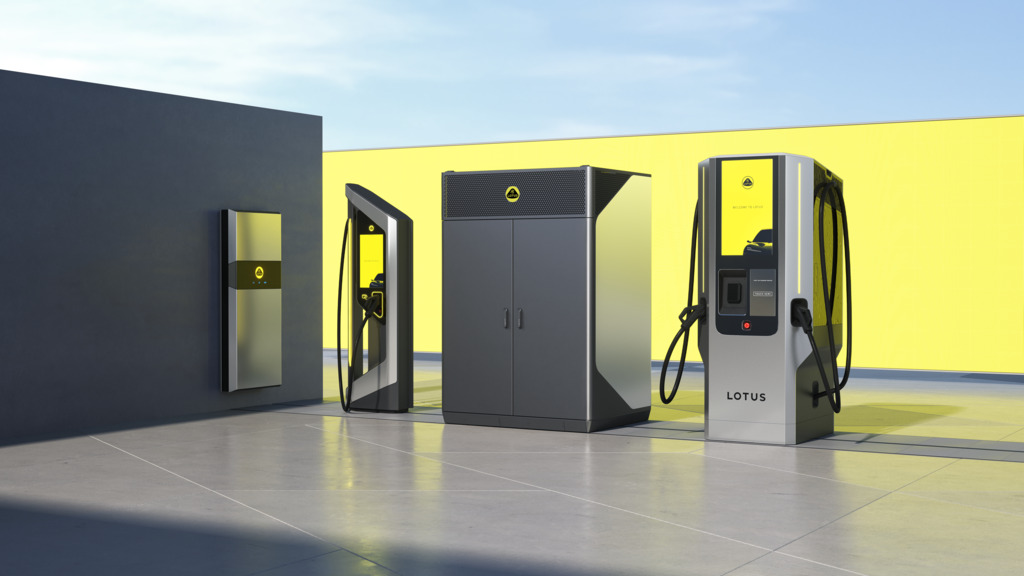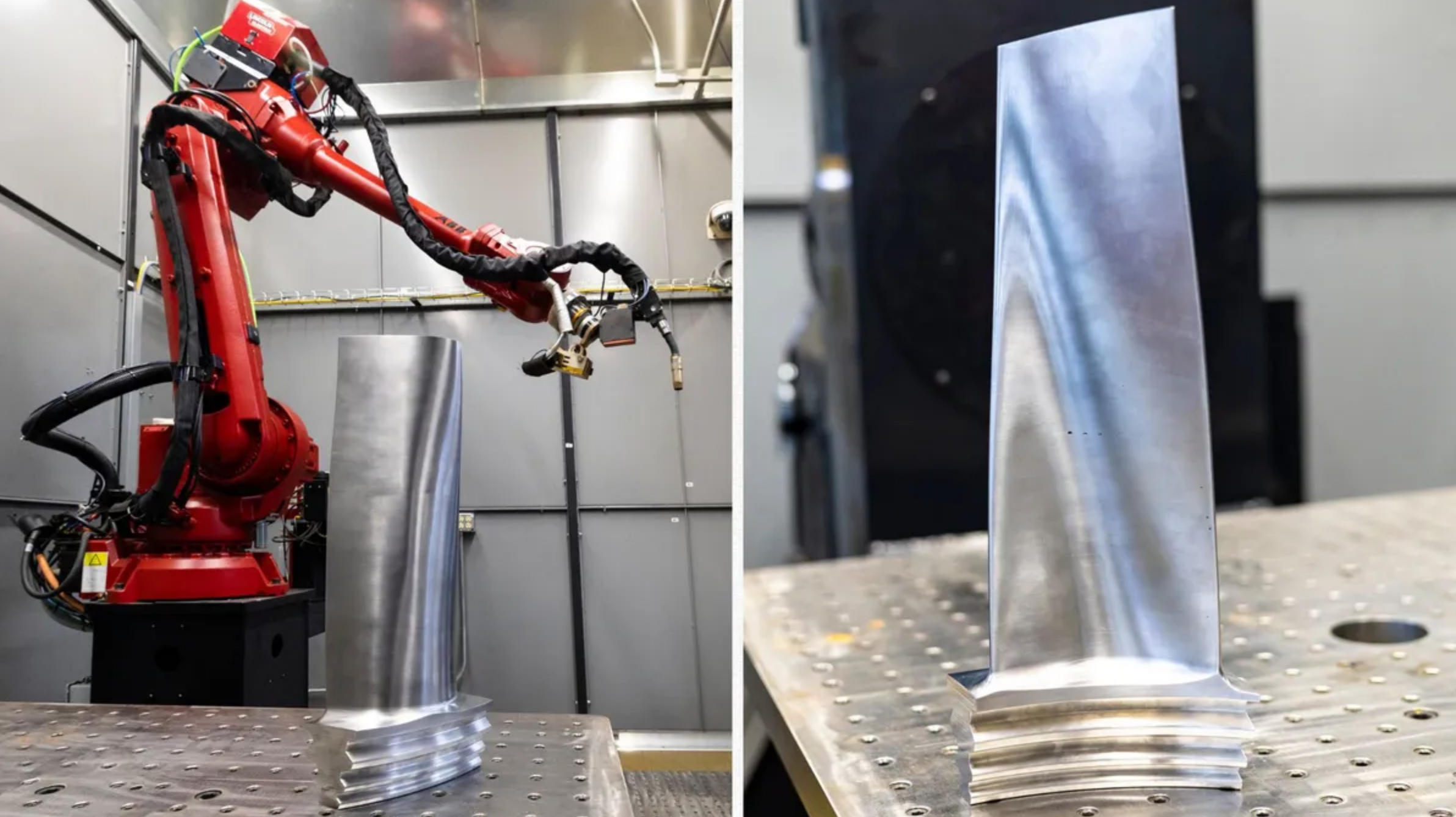Water truck pumps are critical components in industries such as construction, agriculture, and municipal services, where efficient water distribution is essential. However, even the most robust pumps have a finite lifespan. Below, we explore eight sophisticated indicators that your water truck pump may be nearing the end of its service life, along with actionable insights to help you make a good decision.
1. Abnormal Acoustic Signatures During Operation
While unusual noises are a common indicator of C, a more advanced analysis involves identifying specific acoustic signatures that point to underlying mechanical failures. Grinding noises may suggest bearing wear or misalignment, while high-pitched whining could indicate cavitation or impeller damage. Advanced diagnostic tools, such as vibration analysis and acoustic emission testing, can help pinpoint the exact source of the problem. If these issues persist despite repairs, it’s a strong indication that the pump’s internal components are beyond salvage and replacement is the most cost-effective solution.
2. Escalating Frequency of Mechanical Failures
Frequent breakdowns are not just an operational inconvenience; they are a symptom of systemic wear and tear. For advanced users, tracking the mean time between failures (MTBF) can provide valuable insights into the pump’s reliability. If the MTBF is decreasing and repair costs are escalating, it’s a clear sign that the pump is approaching the end of its operational life. Investing in a new pump with higher durability and advanced engineering can reduce downtime and improve long-term operational efficiency.
3. Degradation in Hydraulic Performance
A noticeable reduction in water flow or pressure is often caused by internal wear, corrosion, or fouling within the pump. Advanced diagnostics, such as flow rate testing and pressure profiling, can help quantify the extent of performance degradation. If the pump’s efficiency has dropped below 70-80% of its original capacity, it’s likely time to consider a replacement. Modern pumps with improved hydraulic designs and materials can restore optimal performance and reduce energy consumption.
4. Increased Specific Energy Consumption
For energy-conscious operations, monitoring the specific energy consumption (SEC) of your water truck pump is crucial. SEC measures the energy required to deliver a unit volume of water. If this metric is rising despite consistent operational demands, it indicates that the pump is losing efficiency due to wear, internal leaks, or outdated technology. Upgrading to a high-efficiency pump with advanced motor and impeller designs can significantly reduce energy costs and align with sustainability goals.
5. Inconsistent Pressure Output and System Instability
Fluctuating pressure levels can disrupt water distribution and indicate issues such as worn impellers, damaged seals, or air entrainment. Advanced monitoring systems can track pressure variability and identify patterns that suggest mechanical degradation. If pressure inconsistencies persist despite maintenance, it’s a sign that the pump can no longer maintain stable operation. Replacing the pump with a model featuring advanced pressure regulation capabilities can ensure consistent performance and system reliability.
6. Persistent Leakage and Seal Failures
Leakage is often a symptom of seal degradation, gasket failure, or internal corrosion. For advanced users, conducting a failure mode and effects analysis (FMEA) can help identify the root cause of recurring leaks. If the pump requires frequent seal replacements or exhibits persistent leakage, it’s a strong indicator that the internal components are compromised. Modern pumps with improved sealing technologies and corrosion-resistant materials can mitigate these issues and extend service life.
7. Obsolescence of Pump Components and Technology
Older pump models often face challenges related to parts availability and compatibility with modern systems. If your pump relies on obsolete components or lacks integration with advanced monitoring and control systems, it may be time to upgrade. Newer pumps offer features such as IoT connectivity, predictive maintenance capabilities, and modular designs that simplify repairs and enhance operational flexibility. Investing in a contemporary model ensures access to parts and support, reducing long-term maintenance challenges.
8. Rising Operational Costs and Environmental Impact
An inefficient pump not only increases energy costs but also contributes to higher water waste and environmental impact. Advanced users should conduct a life-cycle cost analysis (LCCA) to compare the total cost of ownership of their current pump with newer, more efficient models. If the analysis reveals that operational and environmental costs are escalating, replacing the pump with a sustainable, energy-efficient alternative can deliver significant financial and ecological benefits.
Proactive Strategies to Extend Pump Life
While replacement is sometimes inevitable, advanced maintenance practices can prolong the life of your water truck pump.
Predictive Maintenance Programs
Implement condition-based monitoring using sensors and data analytics to detect early signs of wear and failure. This approach minimizes unplanned downtime and optimizes maintenance schedules.
Material Upgrades
Consider retrofitting your pump with advanced materials, such as stainless steel or composite components, to enhance durability and resistance to corrosion.
System Optimization
Regularly review and optimize the entire water distribution system, including piping, valves, and filters, to reduce strain on the pump and improve overall efficiency.
Conclusion
For advanced operators, recognizing the signs of pump failure goes beyond superficial observations. By leveraging diagnostic tools, performance metrics, and cost analyses, you can make data-driven decisions about when to replace your water truck pump. Upgrading to a modern, high-efficiency pump not only enhances operational performance but also aligns with sustainability and cost-saving objectives. In industries where water distribution is mission-critical, investing in reliable and advanced pumping technology is a strategic imperative.







